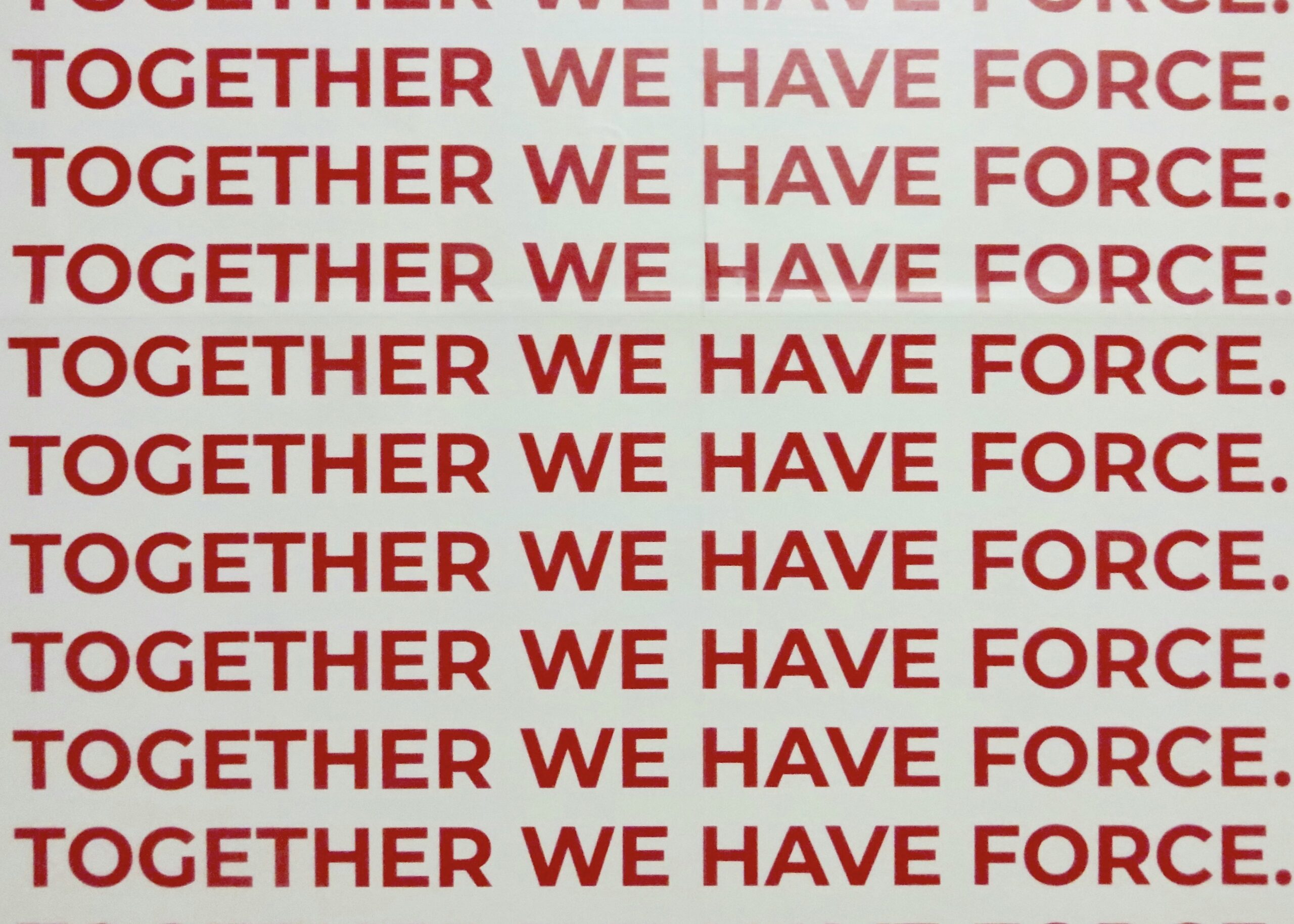Philanthropy is undergoing a profound transformation, one in which giving becomes a conscious act of participation and commitment that extends far beyond a financial transaction. The recent report 11 Trends in Philanthropy for 2025 by Dorothy A. Johnson Center for Philanthropy offers a detailed look at the evolving forces reshaping this field. It highlights how philanthropy is increasingly influenced by the dynamic interplay of social, economic, and political shifts. In this context, giving becomes a journey of inner growth and shared responsibility, deeply aligned with the Buddhist values of compassion, wisdom, and interdependence. Below, we explore several key trends projected to shape the philanthropic landscape in 2025 and beyond.
The giving circle: when philanthropy becomes participation
In the past, philanthropy was often the domain of major donors and institutional foundations focused on specific causes. Today, a new model is emerging, one rooted in collective action and shared giving. The concept of the giving circle introduces a participatory dimension in which groups of donors pool not only funds, but also their experience, skills, and networks to support a common cause. This approach transforms the donor from a passive contributor to an active participant in a collective process, aiming to generate deep and lasting social impact. In this light, giving becomes a ritual of connection—an ethical and spiritual act intended to strengthen the social fabric with contributions that go beyond traditional charity.
Recent studies, such as those conducted by the Collective Giving Research Initiative, show that giving circle members tend to donate significantly more than traditional donors and are especially inclined to support causes related to social justice and equity. This trend reflects a growing recognition that in an interconnected world, philanthropy must be both participatory and inclusive. The shift toward more mindful, community-based giving embodies the principle of interdependence: personal wellbeing is inseparably linked to the wellbeing of others. Every act of individual generosity contributes to building a more just and compassionate society.
Nonprofits at the decision-making table
At the same time, nonprofits are evolving from providers of aid to agents of systemic change. Once primarily focused on delivering services and raising funds, these organizations are now stepping into the political arena to influence the public policies that shape our societies. Advocacy is no longer just an option—it is becoming a necessity for those committed to addressing the root causes of inequality.
Nonprofits increasingly recognize that challenges such as climate change, poverty, and social injustice require structural interventions. The time for fragmented or purely local solutions is passing; what’s needed is political engagement to create the conditions for lasting and effective change. In this sense, giving becomes an act of collective responsibility, one that involves not only distributing resources, but also forging long-term relationships with institutions and communities. True impact grows over time and requires the active engagement of all social actors.
Give It All Now? The rise of time-limited foundations
Another trend shaping philanthropy is the rise of time-limited foundations, a model known as spend-down philanthropy. Unlike traditional foundations that invest their endowment and disburse annual grants from interest earned, time-limited foundations aim to spend their capital within a defined period to maximize present-day impact. This model reflects a desire to accelerate social transformation and avoid the bureaucratic inertia that can accompany perpetual foundations. But it also raises a fundamental question: Is it better to make a powerful impact now, even at the cost of future continuity, or to preserve resources to support long-term initiatives?
This dilemma invites deeper reflection on the meaning of giving. Time, in this model, becomes sacred. Choosing to act decisively in the present—even knowing that the support may not continue—means embracing impermanence and accepting that our actions may not endure indefinitely. Still, they can leave a tangible mark on the world. What matters is not duration, but the intention and presence behind each gesture of generosity. If carried out mindfully, such acts can spark renewal and transformation—beyond timelines and conventional expectations.
In a world where generosity is often measured in economic terms, the challenge is to reclaim the deeper connection between giving and the vision of a more sustainable and just world. The goal is to nurture a culture of giving grounded not in financial incentives, but in authentic commitment, one that reshapes the relationship between giver and receiver. This transformation—from charity to civic and political participation—requires a redefinition of roles, priorities, and practices. Giving, in this evolving landscape, becomes a tool for personal and collective growth.
New philanthropy
Together, these trends point to a future in which philanthropy will play a key role in driving systemic change. The true value of giving will be measured not by the size of grants, but by the capacity to build networks of solidarity and interconnectedness. As new tools emerge, social priorities shift, and nonprofits step into the political sphere, a broader, more integrated vision is required. Every choice becomes part of a larger path toward transformation—one that embraces both immediate needs and long-term impact. In this light, giving becomes almost meditative: an invitation to see each act of generosity as a seed of change, one that can only take root in a soil nourished by awareness and shared responsibility.

Written by Beatrice Marzi and Marta Turchetta
Edited by Marta Turchetta
Photos by Noah Buscher on Unsplash



